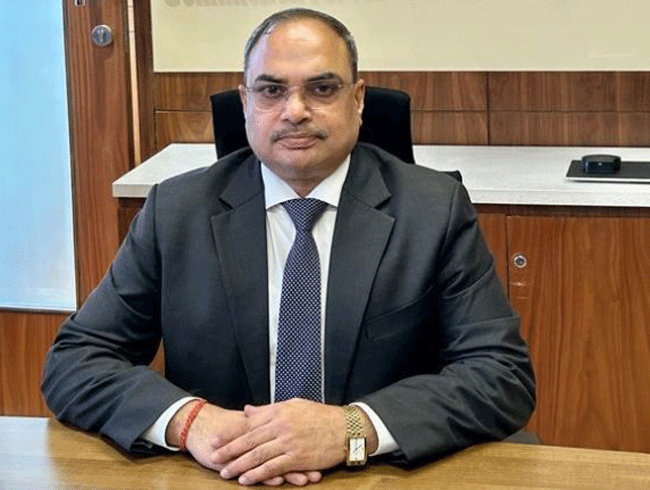Chandigarh: The Commission for Air Quality Management in NCR and Adjoining Areas (CAQM), under the leadership of Chairperson Shri Rajesh Verma, held crucial high-level review meetings on July 3, 2025, with the State Governments of Haryana and Punjab. These meetings, attended by Chief Secretaries and senior officials from both states, aimed to bolster inter-departmental coordination and assess the implementation of key measures to abate air pollution in the region.
Focus on Haryana’s Air Quality Initiatives
During the session with the Haryana Government, comprehensive discussions were held on several critical areas. A primary focus was the preparedness for eliminating paddy stubble burning in 2025, in line with the approved Action Plan. The meeting also reviewed the use of paddy straw-based biomass pellets in brick kilns and compliance with emission norms by thermal power plants, including progress towards the minimum 5% biomass co-firing targets for 2025-26.
Other significant issues addressed included road dust mitigation strategies, particularly the state’s action plan for redeveloping identified roads. Vehicular emissions were also a major point of discussion, with a review of progress on liquidating End-of-Life (EoL) vehicles and the installation of Automated Number Plate Recognition (ANPR) camera systems as per Direction No. 89 dated April 23, 2025. The Commission also pushed for faster adoption of cleaner mobility services by motor vehicle aggregators, delivery service providers, and E-Commerce entities. Furthermore, the migration of all buses entering Delhi (including those under All India Tourist Permit and other service regimes) to cleaner modes, beyond those already covered by Direction Nos. 78 and 81, was emphasized. Enforcement of restrictions on polluting transport/commercial goods vehicles entering Delhi and the phasing out of diesel-operated auto-rickshaws and inter-city buses transitioning to clean energy were also deliberated.
Punjab’s Strategy for Stubble Burning and Pollution Control
On the same day, CAQM convened with the Punjab Government to review its preparations for the complete elimination of paddy stubble burning in 2025, as per the approved action plan. Discussions also covered the mandatory use of biomass pellets in brick kilns and compliance with emission norms by thermal power plants, including the 5% biomass co-firing target for 2025-26.
The meeting also took stock of the implementation of directions concerning vehicular pollution, such as the migration of inter-city buses to cleaner fuel modes and restrictions on polluting transport/commercial goods vehicles entering Delhi. The Commission underscored the urgent need for proactive and timely implementation of all Statutory Directions to prevent a deterioration in regional air quality during the approaching winter season.
On-Ground Insights from Field Visits
Complementing the review meetings, a CAQM team conducted field visits on July 4, 2025, to various projects and installations in Punjab and Haryana focused on ex-situ utilization of paddy stubble. These included pelletization plants, Compressed Bio-gas (CBG) plants, biomass power generation plants, 2G ethanol plants, and industrial boilers. These visits provided valuable on-ground insights into the technological and operational advancements made by both states in strengthening ex-situ management of paddy stubble.
Call for Sustained Action
The Commission reiterated the critical importance of enhanced coordination, targeted implementation of Action Plans, and strict enforcement of Statutory Directions. While appreciating the efforts made by both State Governments to date, CAQM Chief Shri Verma urged for sustained action and a shared commitment from all stakeholders to achieve visible and measurable improvements in air quality across the region, especially with the impending winter season.


